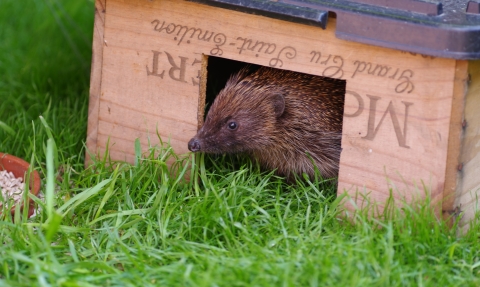
Hedgehog house by Gillian Day
How to help wildlife where you live
Simple ways to get involved with helping local wildlife
-
At home and work, there are simple ways that you can take action for wildlife. Using less fossil fuel energy means fewer CO2 emissions, contributing less to the climate change that is affecting our habitats and wildlife. Using less water means more water is available for wildlife in our rivers and streams.
-
You can help to monitor wildlife by taking part in Opal's National Citizen Science Surveys and other regular bird, bug and butterfly counts. If you have an interest in a particular species consider going out with a local monitoring group, such as a bat or reptile group. Look out for Bioblitz dates in our events calendar.
- In your neighbourhood you can volunteer with BBOWT or other local environmental groups to look after local nature reserves and green spaces. You keep an eye out for damage in the natural environment and report it.
- You can check the habitat and species data for your area and that it's up to date on Defra's Magic Map. If you collect habitat or species records, submit them to your local environmental records centre.
- You can help us raise the profile of the local issues facing the natural world by campaigning for wildlife in your area. This could involve actively participating in our campaigns and/or as part of your Neighbourhood Planning team.
- You can also help to ensure that wildlife is taken into account in planning decisions in your area by responding to planning applications and consultations.
Find more simple actions you can take at home and at work to help the wildlife where you live.

How to have an eco-Christmas
Whether you celebrate a big family Christmas, or you just give out a few cards to your friends and neighbours to wish them a happy time…
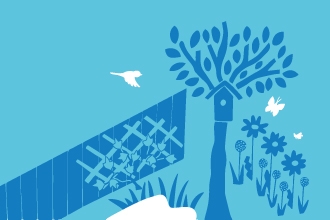
How to start a wildlife garden from scratch
Use the blank canvas of your garden to make a home for wildlife.
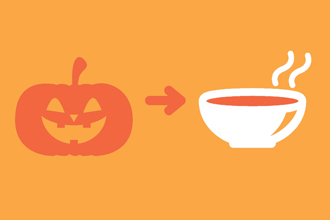
How to have a plastic- free Halloween
Halloween is often a great time for spooky family fun, but unfortunately it is often full of plastic.
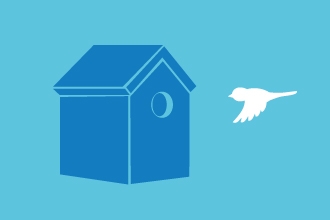
How to build a bird box
With natural nesting sites in decline, adding a nestbox to your garden can make all the difference to your local birds.
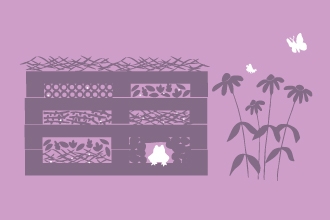
How to build a bug mansion
Build your own bug mansion and attract a multitude of creepy crawlies to your garden.
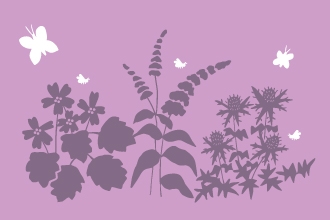
The best plants for bees and pollinators
Set up a ‘nectar café’ by planting flowers for pollinating insects like bees and butterflies
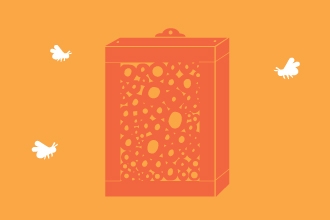
How to make a bee hotel
Solitary bees are important pollinators and a gardener’s friend. Help them by building a bee hotel for your home or garden and watch…
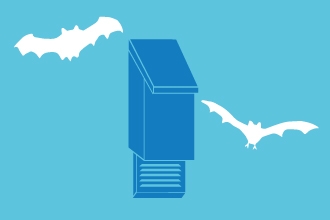
How to build a bat box
Build your own bat box and give a bat a safe place to roost.

How to build a hedgehog home
By providing safe places for hedgehogs to live, you’re much more likely to see these prickly creatures in your garden.
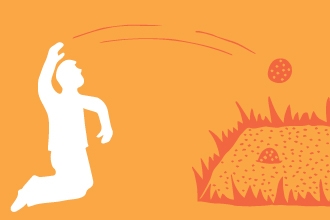
How to make a seed bomb
Plant wildflower with seed bombs!
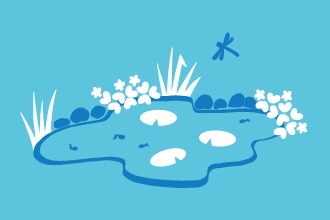
How to build a pond
A wildlife pond is one of the single best features for attracting new wildlife to the garden.

How to create a mini pond
Even a small pond can be home to an interesting range of wildlife, including damsel and dragonflies, frogs and newts. Any pond can…
Find out more about planning and wildlife in our area
- Planning policy and the planning system (https://www.bbowt.org.uk/planning-policy-and-planning-system-england-and-wales)
- Responding to planning applications and consultations (https://www.bbowt.org.uk/responding-planning-applications-and-consultations)
- Development and wildlife (https://www.bbowt.org.uk/development-and-wildlife)
- Wildlife and the law (https://www.bbowt.org.uk/wildlife-and-law)
- Useful contacts and information (https://www.bbowt.org.uk/planning-and-development-useful-information)
